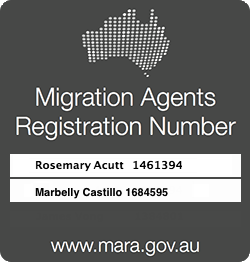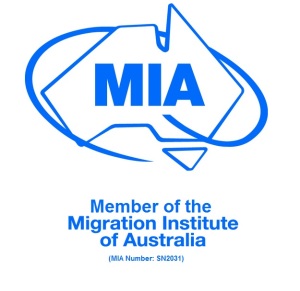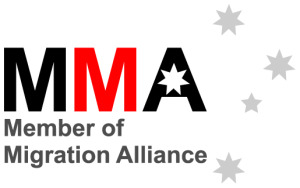In March 2024, the government introduced a significant update to the Core Skills Occupations List (CSOL), sparking discussions and debates across various sectors. The CSOL serves as a crucial document outlining the occupations deemed essential for the nation’s growth and development. This list may serve as a base for the occupations which will form part of Australia’s various visa programs going forward into the future.
This latest draft reflects the evolving needs of the workforce and the economy, aiming to align skills with emerging trends and challenges. Central to this update is the intricate relationship between the CSOL and the various migration programs. As countries increasingly rely on skilled migration to address labor shortages and drive economic growth, the CSOL plays a pivotal role in shaping immigration policies and facilitating the recruitment of talent from around the globe. Let’s delve deeper into this draft CSOL and its implications, particularly in the context of migration programs and skilled labor mobility.
Understanding the CSOL:
The Core Skills Occupations List is a vital tool utilized by governments to identify occupations that are crucial for the sustained growth and functionality of the economy. It encompasses a diverse array of professions, ranging from traditional roles to those emerging due to technological advancements and shifting societal needs. The CSOL influences various aspects of policymaking, including immigration, education, and training initiatives.
Key Updates in the Draft CSOL:
The newly released draft CSOL reflects the government’s efforts to adapt to the rapidly changing economic landscape and technological advancements. Some key highlights of the updated list include:
- Emerging Technology Roles: With the proliferation of technologies such as artificial intelligence, blockchain, and data analytics, the draft CSOL emphasizes the importance of occupations related to these fields. Roles like AI specialists, blockchain developers, and data scientists feature prominently, acknowledging the critical role of technology in driving innovation and competitiveness.
- Green Economy Professions: As the world grapples with climate change and environmental degradation, the draft CSOL places a significant emphasis on occupations related to sustainability and renewable energy. Jobs in renewable energy production, environmental engineering, and sustainable design are given prominence, reflecting the growing importance of transitioning towards a greener economy.
- Healthcare and Well-being: The ongoing global health crisis has underscored the importance of healthcare professionals and support staff. The draft CSOL recognizes this by including a wide range of healthcare occupations, including doctors, nurses, allied health professionals, and mental health counselors. Additionally, roles focused on promoting mental well-being, such as psychologists and wellness coaches, are also highlighted.
- Digital Marketing and E-commerce: With the increasing digitization of businesses and consumer behavior, the draft CSOL acknowledges the significance of roles in digital marketing, e-commerce, and online sales. Professionals adept at leveraging digital platforms for marketing strategies and driving online sales growth are in high demand, reflecting the evolving nature of commerce in the digital age.
Implications and Considerations:
The unveiling of the draft CSOL has significant implications for various stakeholders, including employers, educators, policymakers, and aspiring professionals. Some key considerations stemming from this development include:
- Workforce Planning and Development: Employers can use the draft CSOL as a guide for workforce planning, ensuring that they have the necessary talent to meet evolving business needs. Additionally, educators and training providers can align their programs with the occupations listed, equipping individuals with the skills demanded by the labor market.
- Immigration Policies: The CSOL often influences immigration policies, particularly in countries where skilled migration is a significant component of workforce replenishment. The inclusion of certain occupations in the list may facilitate the recruitment of skilled migrants to fill gaps in the labor market, contributing to economic growth and diversity.
- Investment in Education and Training: Governments may allocate resources towards education and training initiatives that support the development of skills listed in the CSOL. This could involve investments in STEM (Science, Technology, Engineering, and Mathematics) education, vocational training programs, and lifelong learning initiatives to ensure a skilled and adaptable workforce.
- Addressing Skills Gaps: By identifying occupations in high demand, the draft CSOL helps to highlight areas where there may be significant skills shortages. Policymakers can use this information to implement targeted interventions aimed at bridging these gaps, such as incentivizing training in key areas or supporting re-skilling and up-skilling programs for incumbent workers.
Conclusion:
The release of the draft Core Skills Occupations List (CSOL) represents a significant step towards aligning the workforce with the evolving needs of the economy. By identifying key occupations in demand, the CSOL serves as a valuable resource for policymakers, educators, employers, and individuals seeking to navigate the complex landscape of the modern labor market. As stakeholders engage with the draft list and provide feedback, it is imperative to ensure that the final version accurately reflects the dynamic nature of the economy and fosters inclusive growth and opportunity for all.




